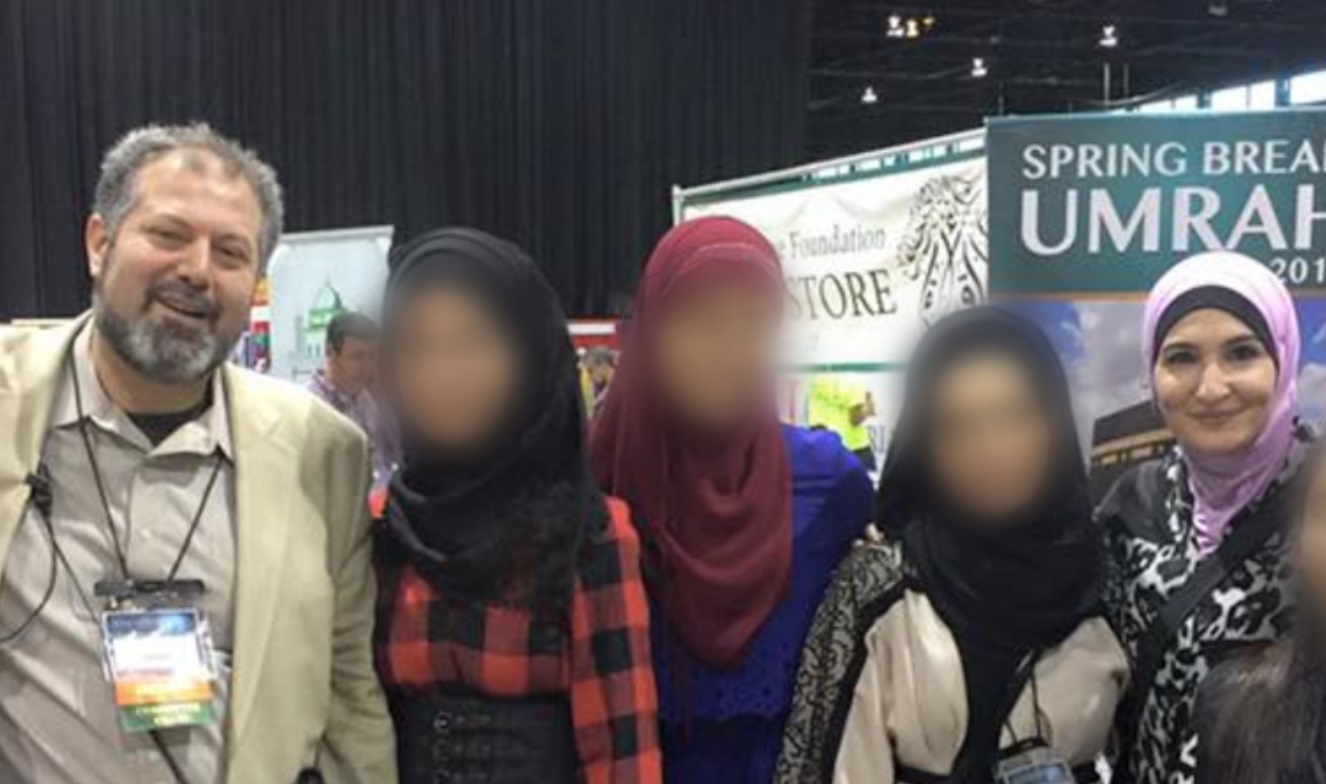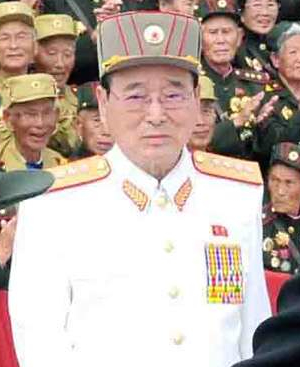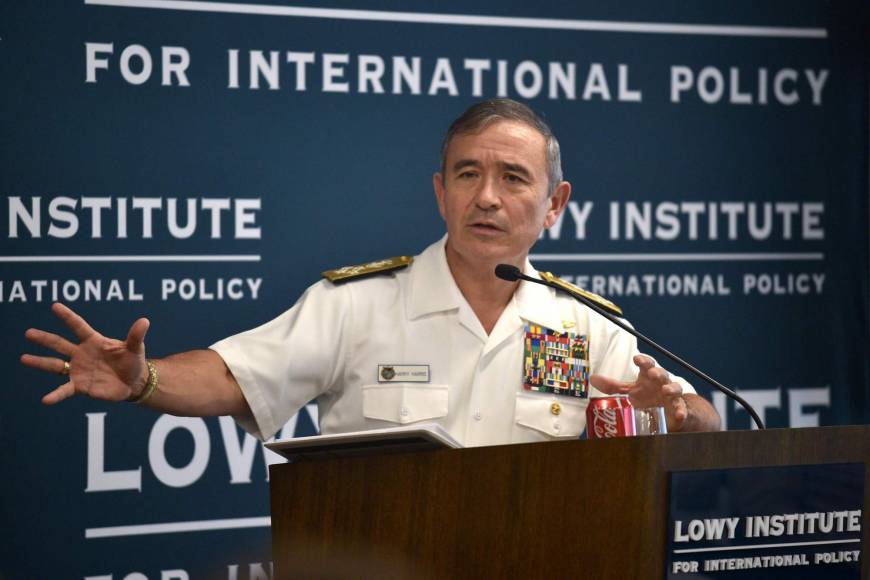Philippines: Martial law declared as Islamic State jihadis storm city and battle national army
In Mindanao. This is a global war, and of the most curious type imaginable: no one in authority wants to admit that it is actually going on, and Western governments generally treat each enemy attack in this war as a separate and discrete criminal incident.
“Philippines soldiers battle Isis-linked gunmen on Marawi city streets,” by Gabriel Samuels, Independent, May 23, 2017:
A group of heavily-armed militants from a group linked to Isis have reportedly stormed a city in the Philippines and engaged in firefights with the national army.
Residents of Marawi City, in the south of the country, were urged to remain indoors as at least 15 gunmen from a Muslim rebel group called Maute stormed the streets brandishing assault rifles.
The group, which is also known as the Islamic State of Lanao, have reportedly received support from Isis.
Troops and a special police force were deployed to the city after residents in a nearby village raised the alarm and appealed for help.
President Rodrigo Duterte then declared martial law and a state of emergency in the province of Mindano [sic]. General Eduardo Ano, the military chief of staff, said at least one police officer was killed and eight soldiers were wounded in the fighting. More here.
***
It was enormously controversial that President Trump placed a friendly call to Philippine strongman Duterte on April 29. Now, we can read what they said. In short, Duterte has been on a killing rampage and frankly has called the United States all kinds of nasty names. Humm…. Then there was the part of the phone call that included North Korea’s nuclear program.
Read all about it with the transcripts here.
*** 
Duterte Lands in Russia for Visit Cut Short After Martial Law Declaration
Philippines President Rodrigo Duterte has landed in Russia for what was planned as an extensive visit including one-on-one talks with President Vladimir Putin, but the trip has been cut short following a jihadist attack in the Philippine’s south.
Breitbart: Duterte alluded to this trip as the month began, following a personal invitation to the White House, saying he could not confirm travel to America because he is “supposed to go to Russia.”
Duterte arrived in Moscow Monday night for a four-day visit, accompanied by a large Filipino business delegation. While Duterte will seek more Russian business investment in his country, a key objective of his visit will be signing a defense cooperation agreement expected to provide the Philippines with more weapons to use in the ongoing war against drug traffickers that has become a staple of the Duterte presidency.
Duterte had previously claimed Putin had offered him a “buy one, get one free” deal on firearms.
The Philippines is also facing jihadist attacks by Abu Sayyaf, the Islamic State affiliate in the country, which has become increasingly aggressive in the Muslim-majority south of the country, where Duterte is from.
Abu Sayyaf ultimately led to Duterte’s decision to leave Russia early to address the jihadist threat. Duterte declared a 60-day period of martial law in his native Mindanao island and will return home. According to the Philippine Star:
Foreign Affairs Secretary Alan Peter Cayetano said at the same press conference that the president will be cutting his visit to Russia short because his presence is needed in the country.The signing of bilateral agreements with Russia will push through but the meetings with Russia President Vladimir Putin and Prime Minister Dmitry Medvedev were postponed. Cayetano said Duterte may just speak with the two leaders via phone.“The agreement on military technical cooperation will pave the way for the Philippines to explore a possibility of military procurement from Russia,” Foreign Assistant Secretary Maria Cleofe Natividad told reporters before Duterte left to Russia. The agreements would also reportedly create an extradition agreement, which the two countries had not previously had, and allow for “information sharing, training, and technical cooperation,” according to the regional news outlet Rappler.
Officials have also expressed a hope that Duterte’s visit will help end the propagation of negative Russia stereotypes in the country. “There’s been a lot of stereotypes in the Philippines and I don’t really blame it. I mean, growing up watching James Bond movies, the villains were either an evil Russian scientist or some beautiful nubile Russian assassin,” Philippine Ambassador to Russia Carlos Sorreta said on Monday. “The reality is we have not had a deeper exchange with Russia even though we’ve had good relations, so we’re 40 years. And that’s going to change.”
Sorreta hoped the Russian visit would expand the “kind of independent foreign policy [they are] trying to achieve.”
Before his departure, Duterte emphasized the need to expand cooperation with Russia. “Russia must cease to be at the margins of Philippine diplomacy,” he said. “Overdependence on traditional partners has limited our room to maneuver in a very dynamic international arena. This is a strategic oversight that has led to many missed opportunities for our country. I am determined to correct this.”
Duterte has repeatedly stated that he would like to diminish the role of the United States in Philippine foreign relations, at one point declaring, ” You know, if China and Russia would decide to create a new order, I would be the first to join.”
Prior to Duterte, the government of Benigno Aquino kept close ties to the United States and maintained a distance from Russia. The Philippine Star notes that a head of state from that country has not visited Russia since President Gloria Arroyo did in 2009, and prior to that, no visit is on the record since 1997.
Duterte has eagerly expressed his fondness for Putin. “I like Putin. … We have similarities. When it comes to girls,” Duterte said in August 2016, in anticipation of their first meeting. Following that meeting, Duterte gushed that Putin had a “wide laugh” and had reserved a gun as a present for him in Russia. Neither country has confirmed whether Putin will hand over the present during this visit.



 New York Daily News
New York Daily News
 C
C
 Adm. Harry Harris, head of the U.S. Pacific Command, addresses the Lowy Institute think tank in Sydney last December. | AFP-JIJI
Adm. Harry Harris, head of the U.S. Pacific Command, addresses the Lowy Institute think tank in Sydney last December. | AFP-JIJI
